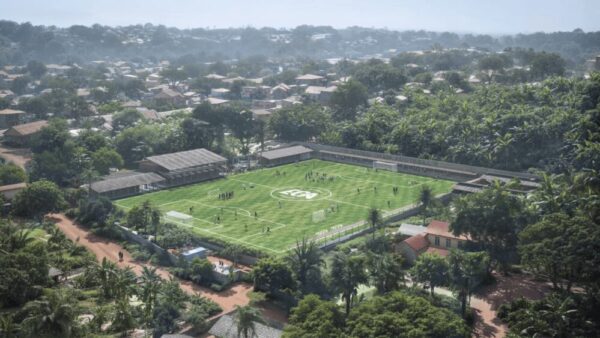An intergovernmental taskforce looking into the proposed $20bn rail tunnel between Finland and Estonia has concluded that it could only be built if private investors were willing to buy a share of the scheme.
The report, led by the Finnish transport ministry, said the project, which would be the longest sea tunnel in the world, could transform the region into a “globally visible innovation node”, but the finance model would have to be as innovative as the engineering for the 15-year project.
“From the European perspective,” said the report, “the tunnel can be seen as a gateway that connects Europe from the High North to the Black Sea and enables a new route to Asia. With the new possible infrastructure connections, including the Rail Baltica, the Helsinki-Tallinn tunnel and the Arctic railway, Finland and Estonia would transform their positioning on the European maps.”
If built, the tunnel would form the last leg of the aforementioned Rail Baltica project, which is intended to integrate the Baltic States into the European, as opposed to the Russian, economy.
It suggests that the next step could be to establish a project company to take the project forward.
The governments of Finland and Estonia should coordinate their land-use plans, and work together to ensure that the project was included in the EU’s Trans-European Network plan when it is revised in 2023. This would create visibility for the project and enable applications for certain EU funds.
The report says the link would run passenger trains every 20 minutes at 200km/h. On the Finnish side, there would be three stations for passenger traffic: Helsinki city centre, Pasila and the Helsinki-Vantaa Airport.
In Tallinn, the tunnel would reach Ãœlemiste, a growing commercial area outside the old town. For freight transport, the tunnel would connect to the Muuga terminal, which is the largest cargo harbour in Estonia.
The report recommends that by the end of 2018 Finland and Estonia agree on concrete involvement and participation in the implementation of the project.
In February 2018, the Ministry of Transport and Communications set up a taskforce to assess the need for further research on the tunnel and the wider impact of the project.
The task force includes representatives from the Finnish Ministry of Transport and Communications, Estonian Ministry of Economic Affairs and Communications, and the cities of Helsinki and Tallinn.
As part of the work, two consultancy studies were commissioned regarding further development and wider economic impacts of the tunnel project.
Image: The scale of the problem (FinEst)
Further reading:
Comments
Comments are closed.







A very great and inspiring plan with a lot of opportunities on EU- and pan- European scale